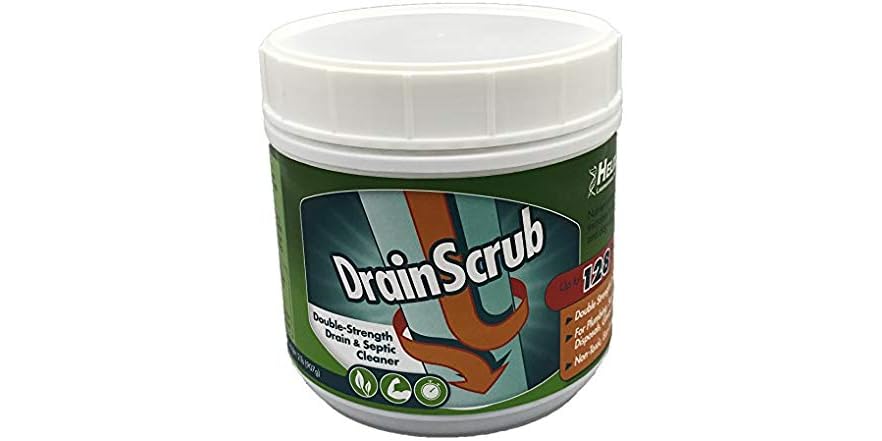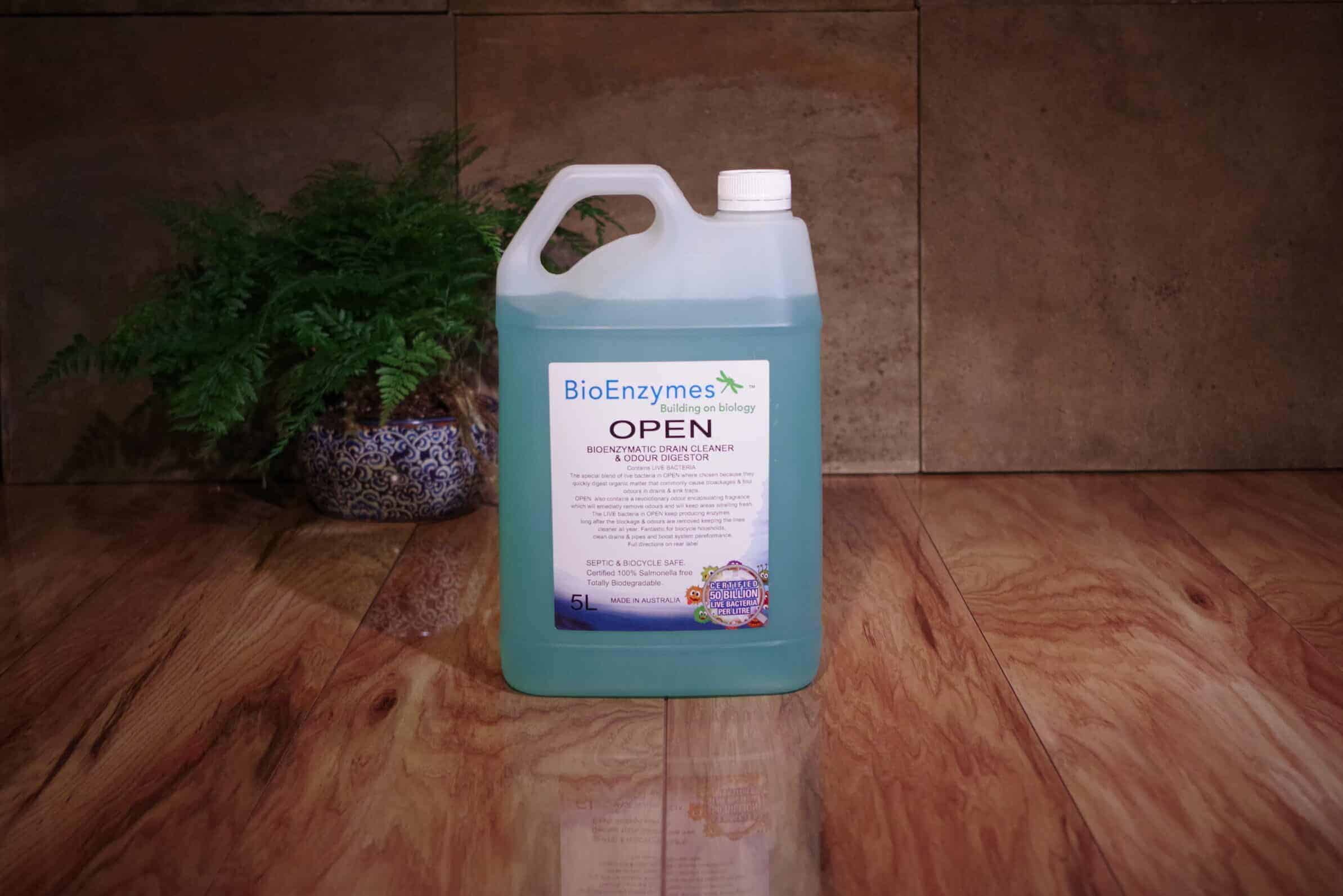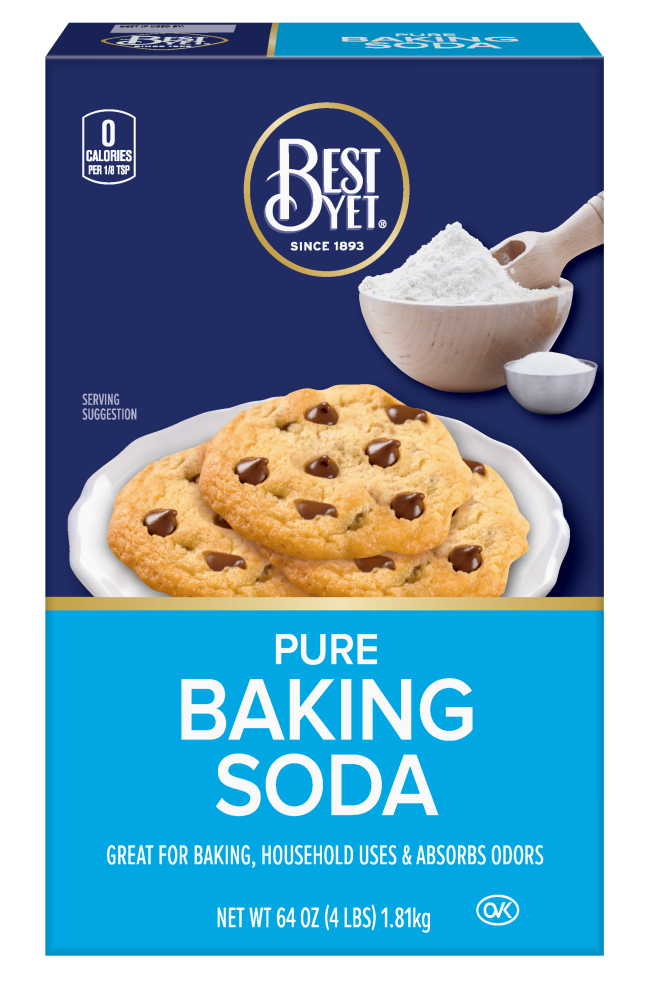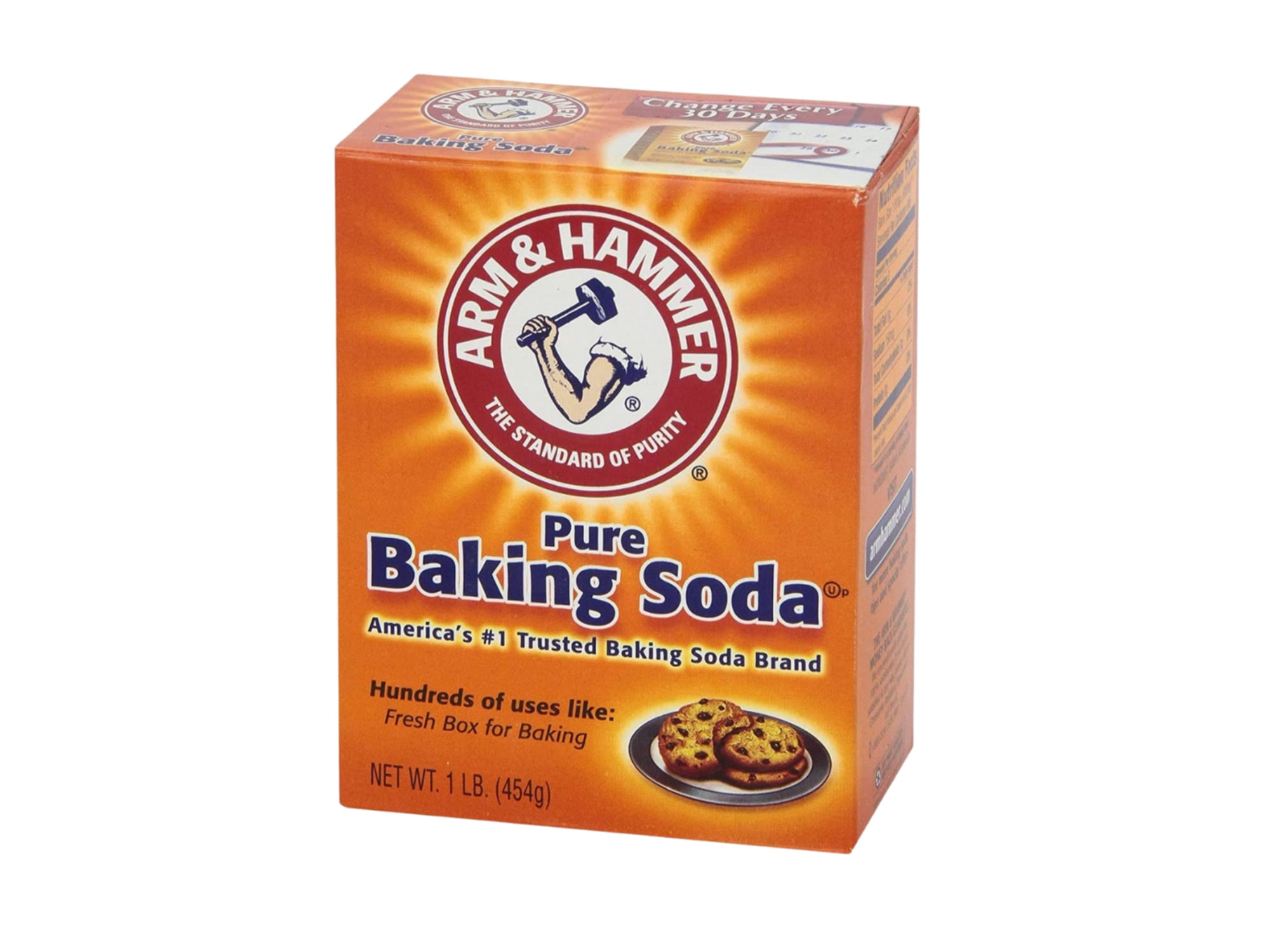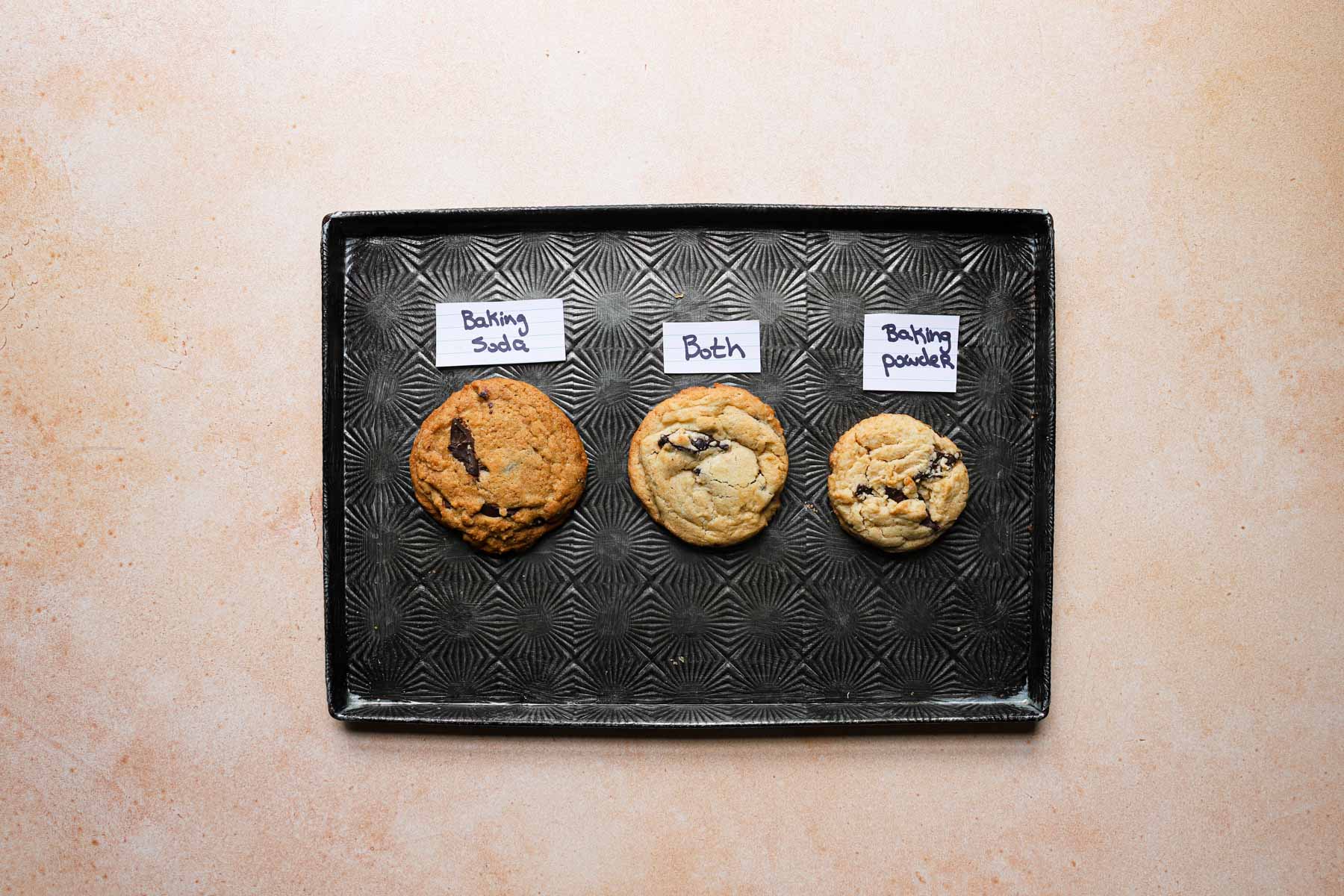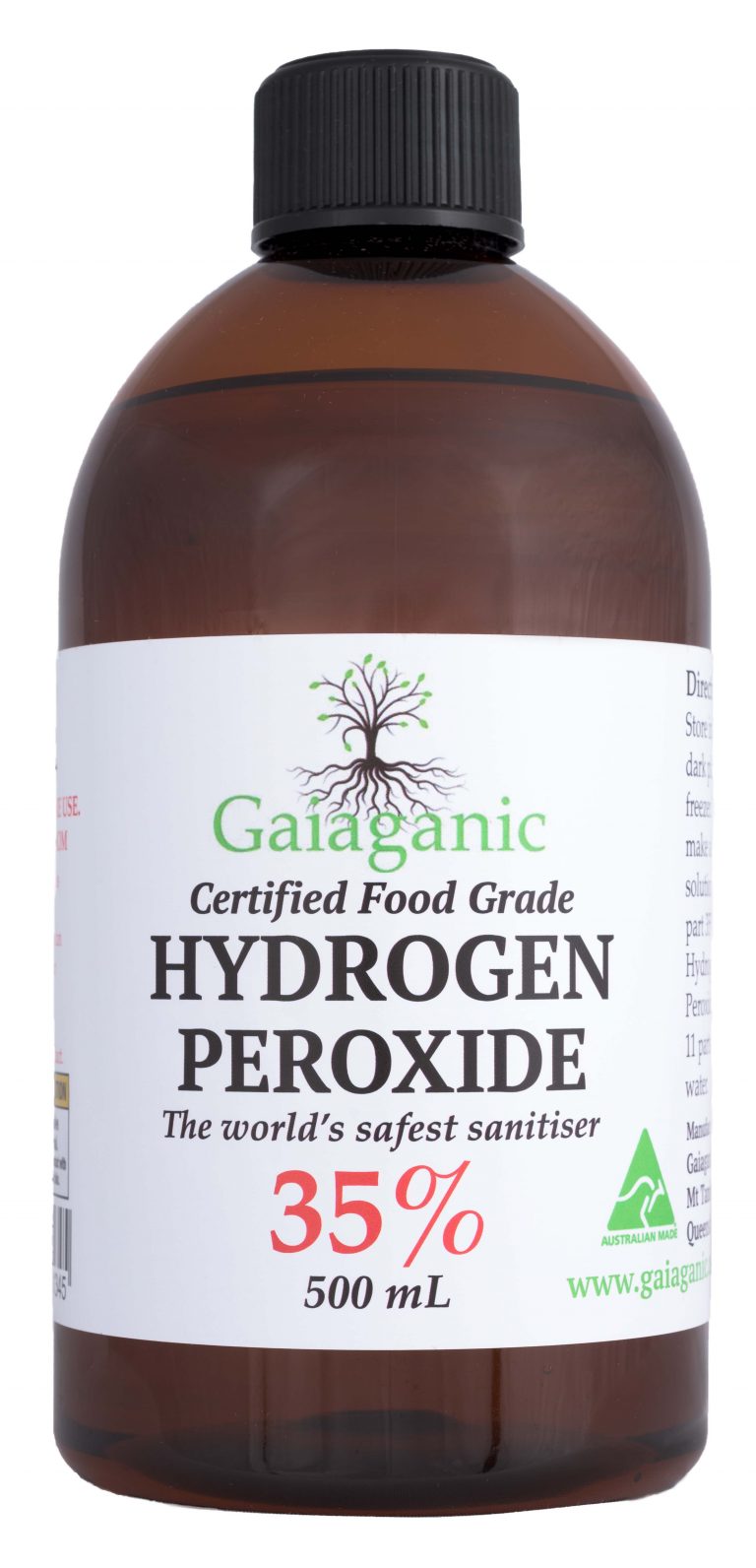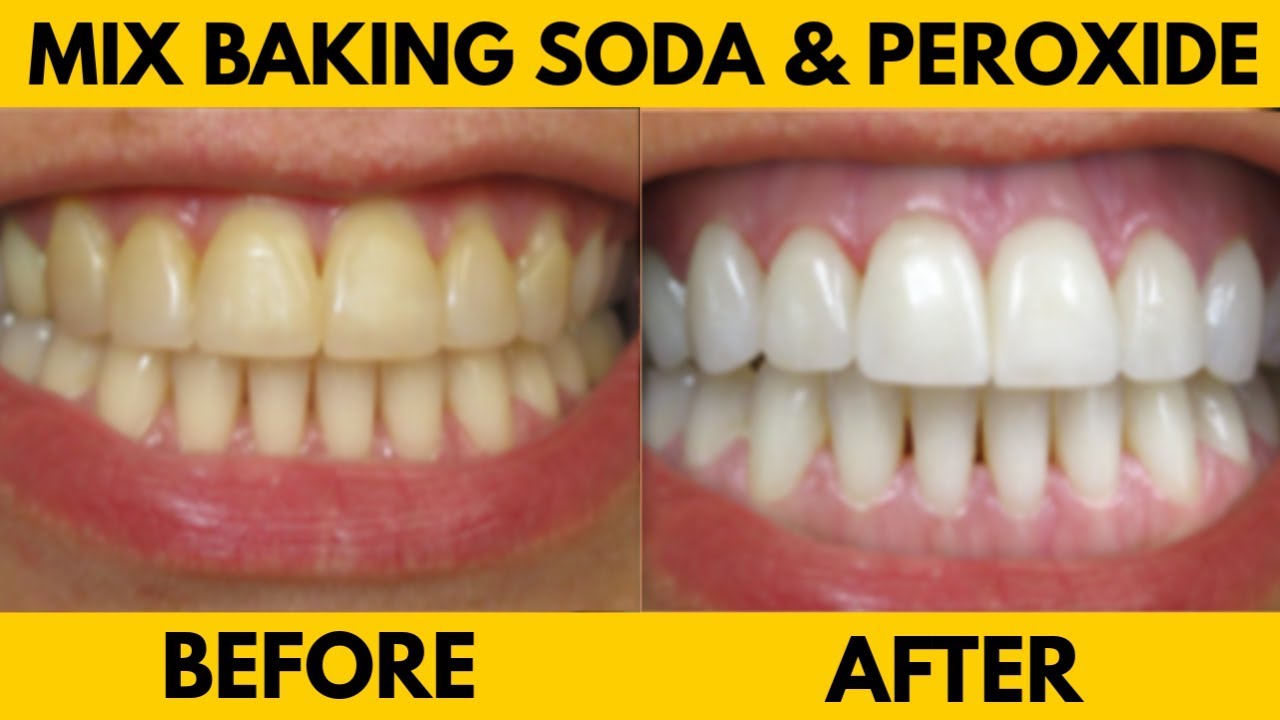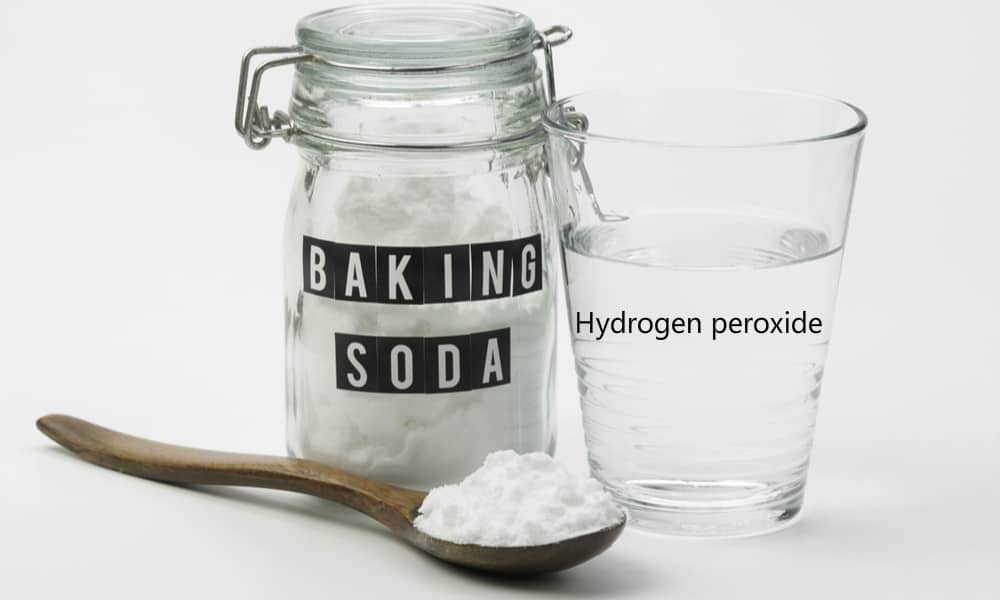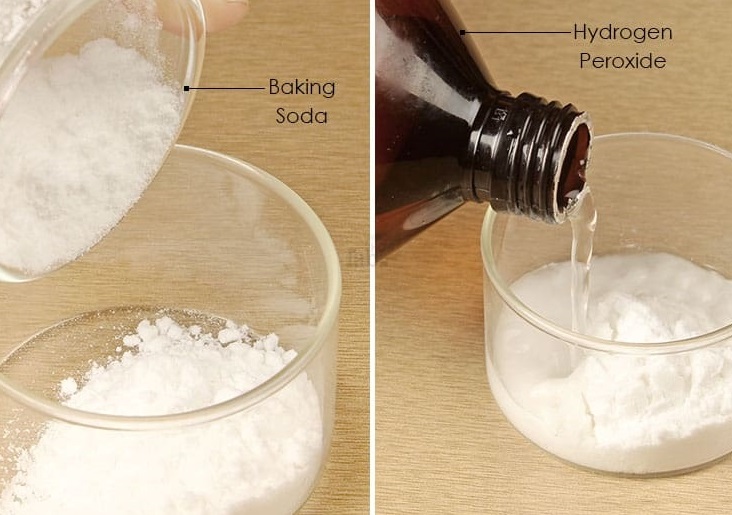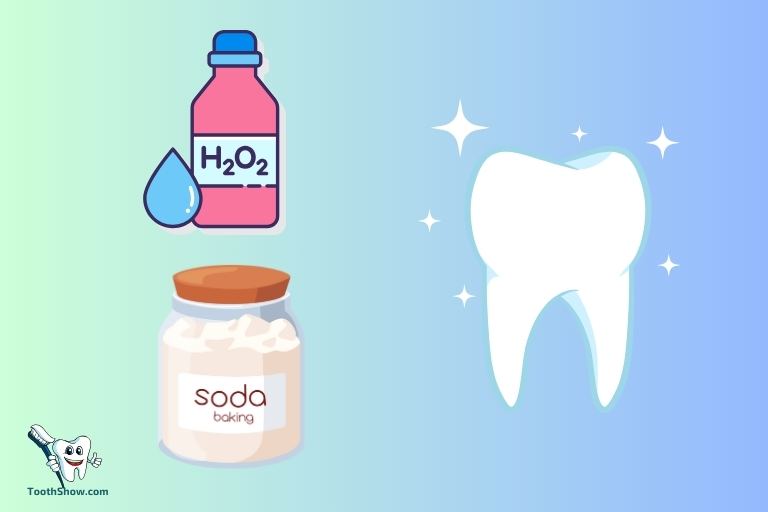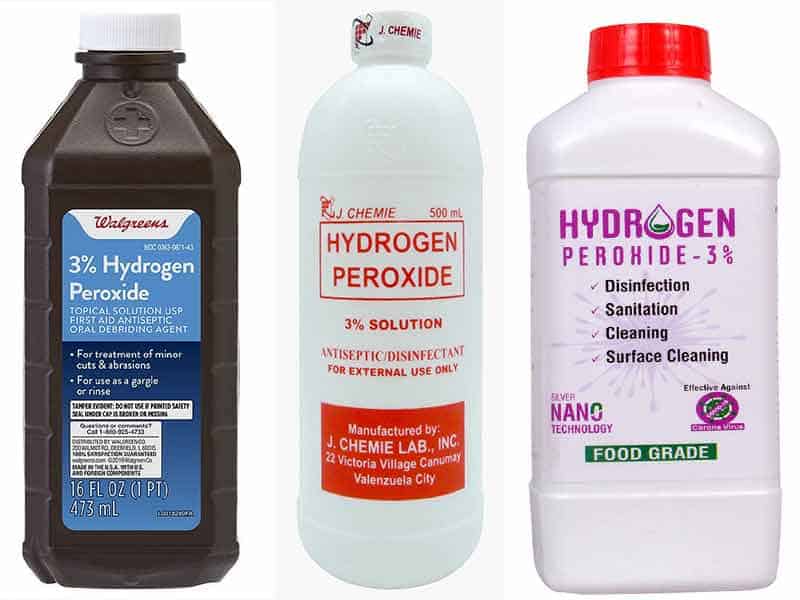1. Plunger
If you've ever faced the frustration of a clogged kitchen sink, you know how disruptive it can be to your daily routine. The constant standing water and unpleasant odors can make it difficult to complete simple tasks like washing dishes or preparing food. Fortunately, there are several methods you can use to unclog a kitchen sink with no garbage disposal. One of the most common and effective tools is a plunger.
To use a plunger, fill the sink with enough water to cover the plunger head. Place the plunger over the drain and push down firmly, then pull back up. Repeat this motion several times until the clog is dislodged. You may need to add more water to the sink if it starts to drain too quickly. If the plunger doesn't work, try one of the other methods listed below.
2. Baking Soda and Vinegar
Baking soda and vinegar are two household items that, when combined, can create a powerful and natural cleaning solution. To use this method, start by pouring a pot of boiling water down the drain to help loosen the clog. Next, pour one cup of baking soda down the drain, followed by one cup of white vinegar. The mixture will create a foaming reaction, which can help break up and dissolve the clog. Let it sit for about 15 minutes, then flush the drain with hot water.
3. Boiling Water
If you don't have baking soda or vinegar on hand, you can try using just boiling water to unclog your kitchen sink. This method is best for removing grease or food particles that may be causing the clog. Simply boil a pot of water and carefully pour it down the drain. Repeat this process a few times until the water starts to drain freely. This method is not recommended for drains with plastic pipes, as the hot water can cause damage.
4. Drain Snake
A drain snake, also known as a plumbing snake, is a long, flexible tool that can reach deep into your pipes and dislodge clogs. To use a drain snake, insert the end with the auger into the drain and start turning the handle. This will help push the snake through the pipes and break up the clog. Once you feel resistance, continue turning the handle to help break up the clog. You can then pull the snake out of the drain and discard the clog.
5. Plumber's Snake
A plumber's snake is similar to a drain snake, but with a longer and sturdier cable. This tool is best used for more stubborn clogs that cannot be removed with a regular drain snake. To use a plumber's snake, insert the cable into the drain until you feel resistance. Then, turn the handle to push the snake through the pipes and break up the clog. As with a drain snake, you can then pull the cable out of the drain and discard the clog.
6. Wet/Dry Vacuum
If you have a wet/dry vacuum, you can use it to help remove a clog from your kitchen sink. Start by setting the vacuum to wet mode and covering the vent with a cloth or towel to create suction. Place the hose over the drain and turn on the vacuum. The suction should help pull the clog out of the drain. If the clog is too stubborn, you can try using the vacuum in reverse mode to push the clog back up the drain.
7. Dish Soap and Hot Water
This method is similar to the baking soda and vinegar method, but uses dish soap instead. Start by pouring a pot of boiling water down the drain, followed by a generous amount of dish soap. Let it sit for a few minutes, then flush the drain with hot water. The dish soap can help break up grease and oil that may be causing the clog.
8. Enzyme Drain Cleaner
If you prefer to use a chemical solution, an enzyme drain cleaner can be an effective option. Look for a cleaner specifically designed for kitchen sinks and follow the instructions on the label. These cleaners contain enzymes that break down organic materials, making it easier to remove clogs. However, be aware that it may take several applications to completely remove a stubborn clog.
9. Salt and Baking Soda
This method is similar to the baking soda and vinegar method, but uses salt instead of vinegar. Start by pouring a pot of boiling water down the drain, then follow it with half a cup of salt and half a cup of baking soda. Let it sit for a few minutes, then flush the drain with hot water. The abrasive texture of the salt can help scrape away stubborn clogs.
10. Hydrogen Peroxide and Baking Soda
Hydrogen peroxide is another household item that can be used to unclog a kitchen sink. To use this method, mix equal parts hydrogen peroxide and baking soda to create a paste. Apply the paste to the drain and let it sit for about 15 minutes. Then, pour a pot of boiling water down the drain to flush away the clog.
Dealing with a clogged kitchen sink can be a hassle, but with these 10 methods, you can quickly and easily remove the clog and get your sink back to working properly. Remember to always use caution and follow the instructions carefully when using any of these methods. If the clog persists, it may be time to call in a professional plumber for help.
How to Deal with a Kitchen Sink Clogged on Both Sides without a Garbage Disposal

If you have a kitchen sink clogged on both sides and you don't have a garbage disposal, it can be a major inconvenience. Not only can it disrupt your daily routine, but it can also cause unpleasant odors and potential damage to your pipes. However, there are a few simple solutions that can help you quickly and easily unclog your sink and get your kitchen back to normal.
1. Use a Plunger

A plunger is a common tool used to unclog drains, and it can be especially effective when dealing with a kitchen sink clogged on both sides. To use a plunger, make sure there is enough water in the sink to cover the rubber head. Place the plunger over one side of the sink and push down firmly, then pull up quickly. Repeat this motion several times, and if the water starts to drain, you've successfully unclogged the sink. If not, try the same method on the other side of the sink.
2. Try a Homemade Drain Cleaner

If the plunger method doesn't work, you can try using a homemade drain cleaner. To make your own, mix one cup of baking soda with one cup of vinegar and pour it down the clogged sink. Let it sit for about 15 minutes, then pour boiling water down the drain to flush it out. This combination can help break down any buildup or debris causing the clog.
3. Use a Drain Snake
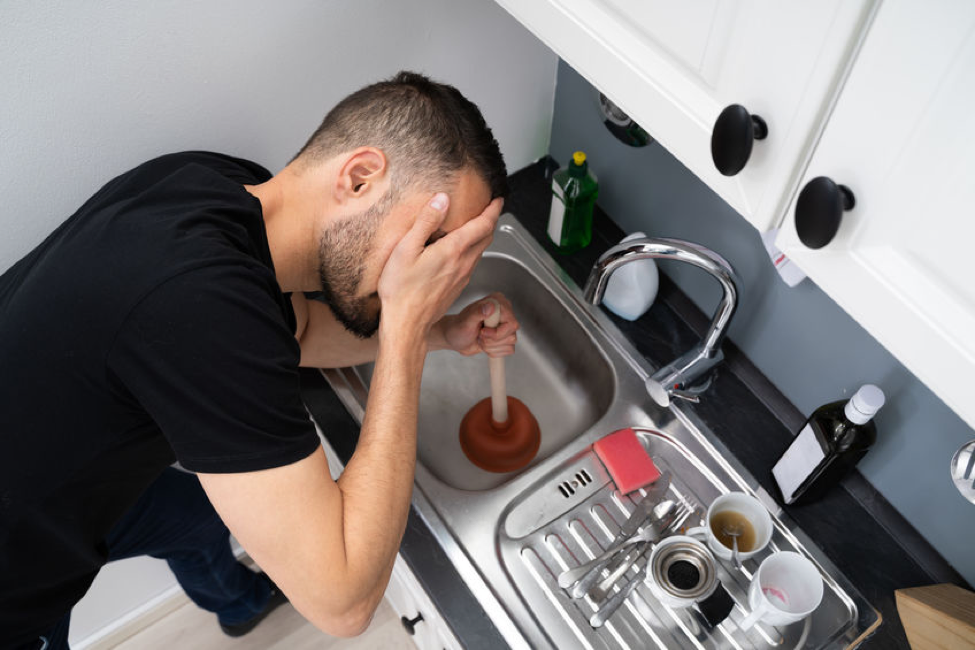
If your sink is still clogged, a drain snake or auger may do the trick. Insert the snake into the clogged drain and turn the handle, which will help push through and break up any obstructions. Once you feel the snake has reached the clog, slowly pull it back out. If successful, you should see debris attached to the end of the snake.
By following these simple methods, you can easily unclog a kitchen sink on both sides without a garbage disposal. It's important to note that prevention is key in avoiding clogs. Avoid putting large food scraps or grease down the drain and regularly clean your sink to prevent buildup. And if your clogs persist, it may be time to consider installing a garbage disposal for easier maintenance and peace of mind.
Now that you know how to deal with a clogged kitchen sink, you can get back to enjoying your beautifully designed and functional kitchen. Don't let a clogged sink hold you back from creating delicious meals and enjoying time with your loved ones. With these simple solutions, you can easily tackle any clog and keep your kitchen running smoothly.


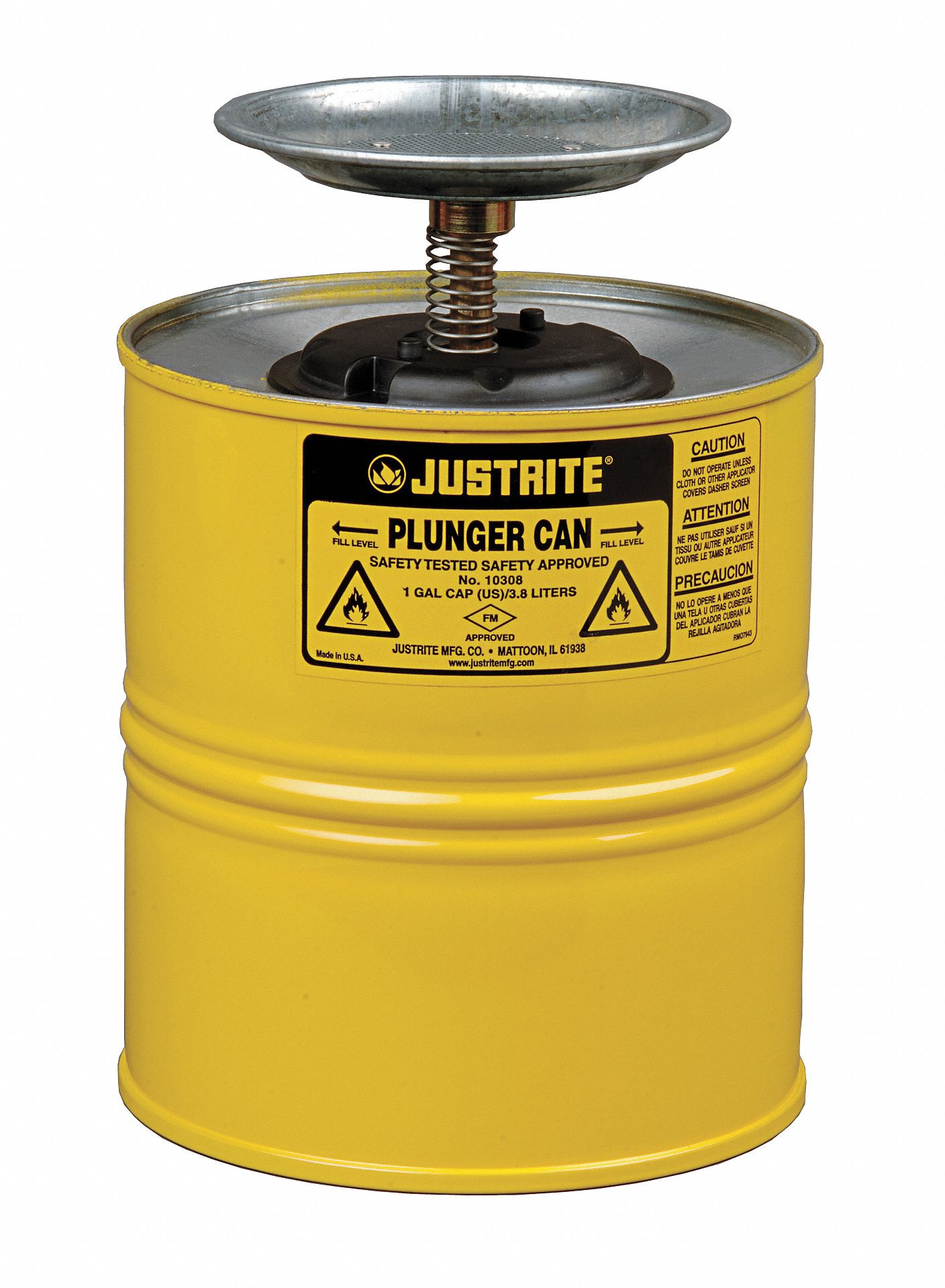
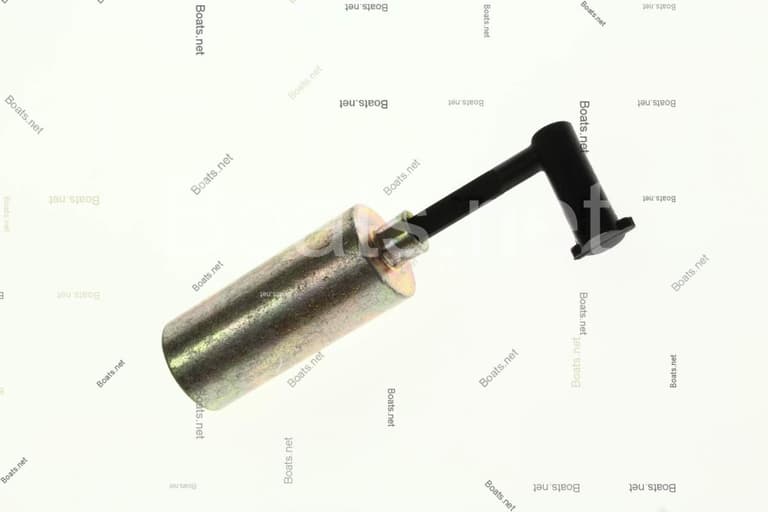
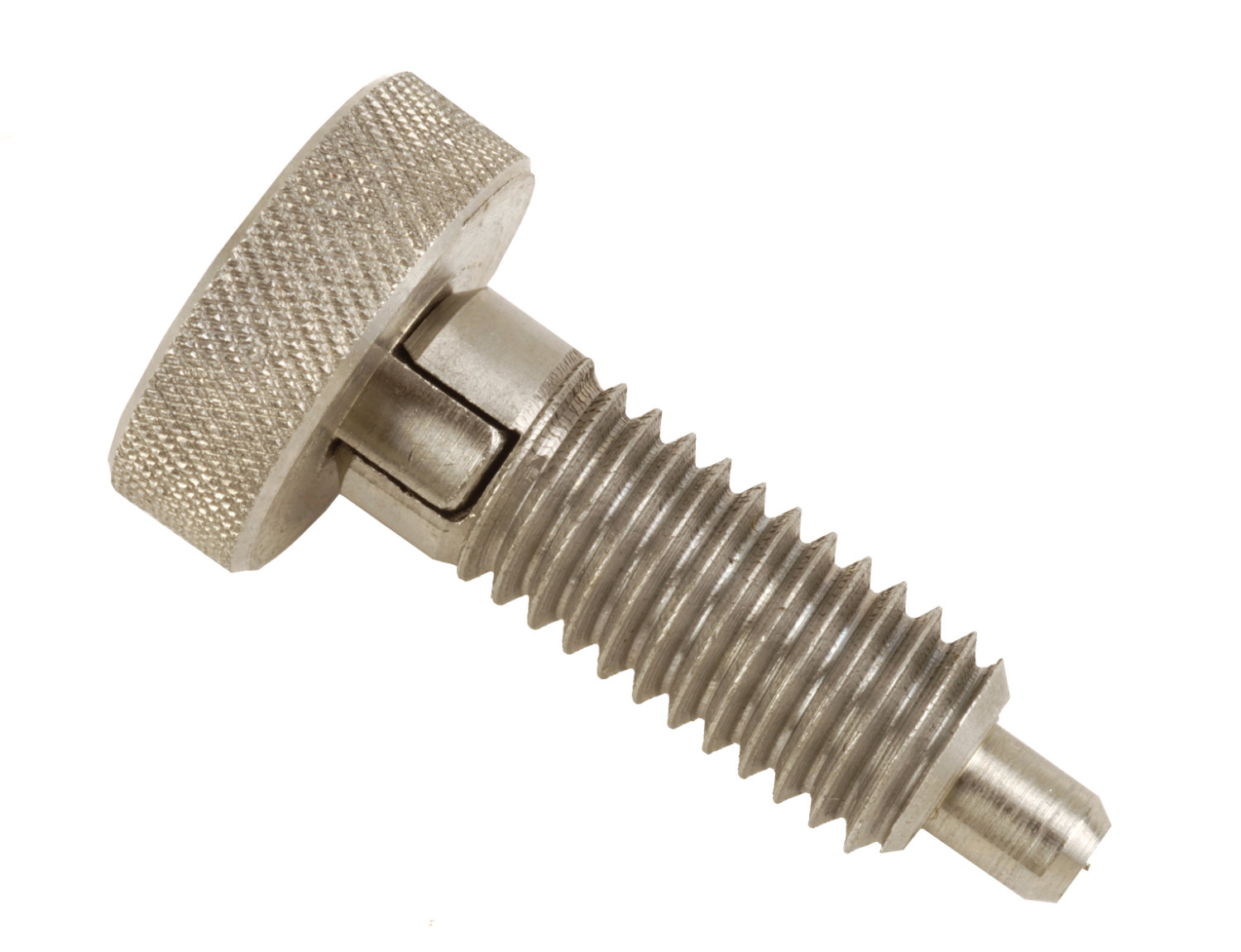


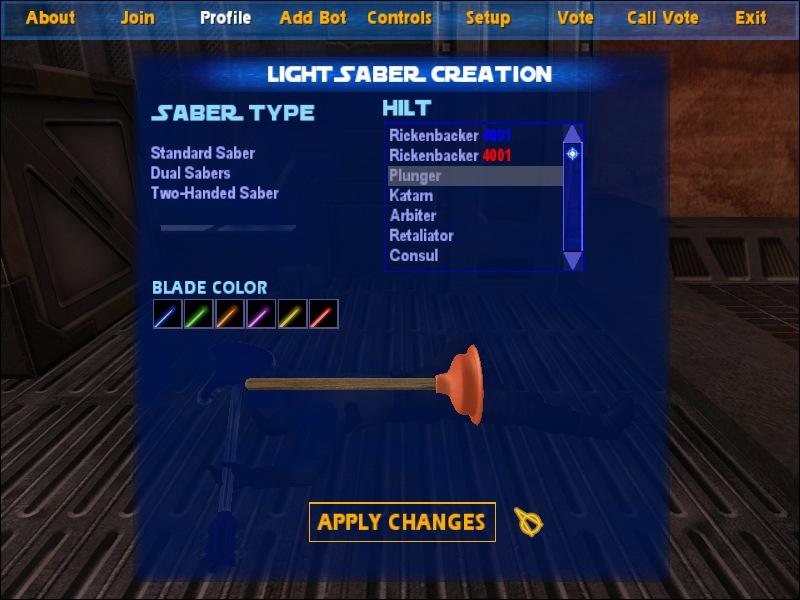
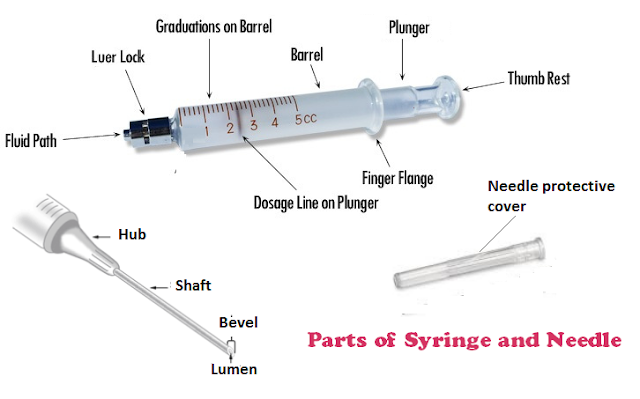


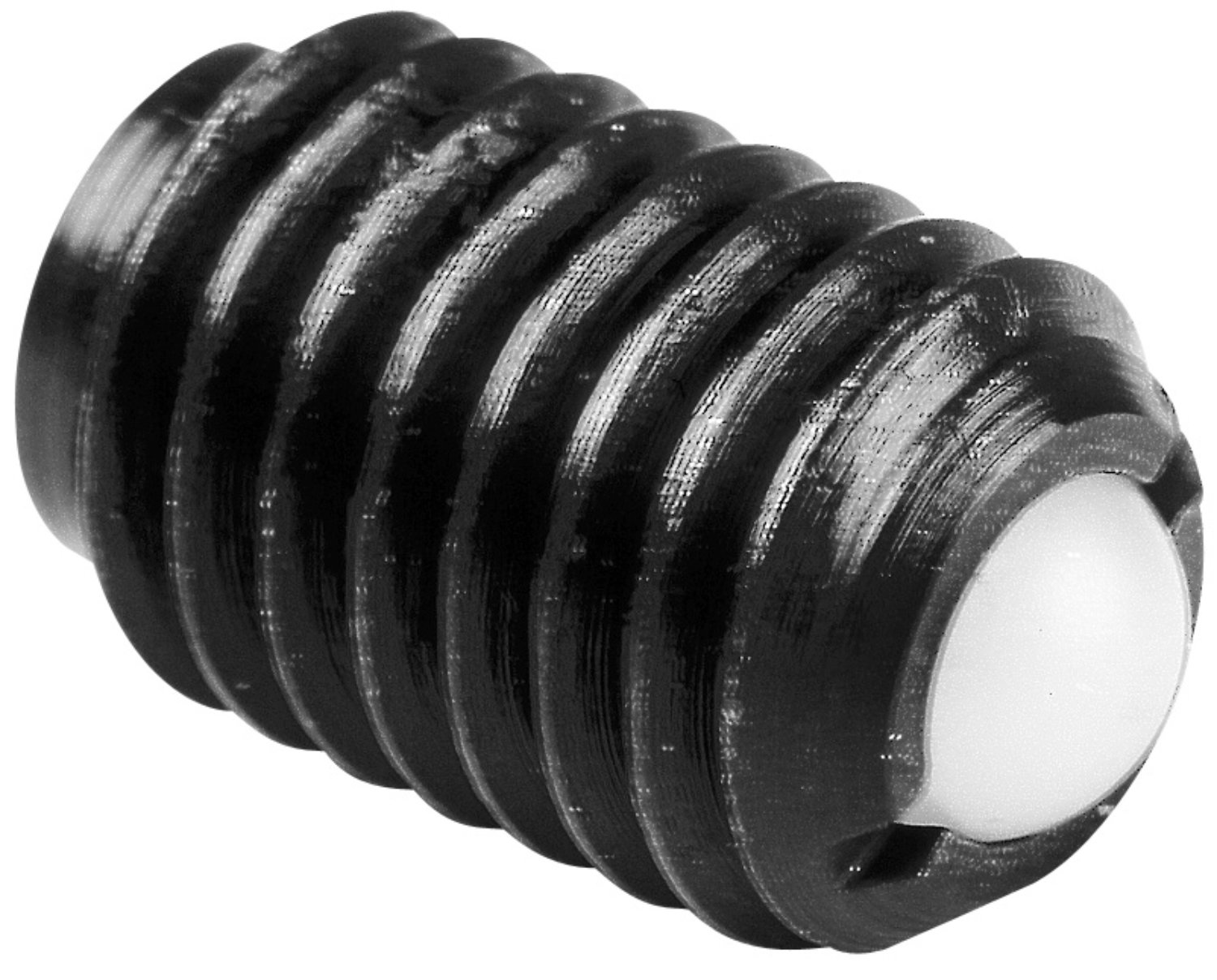


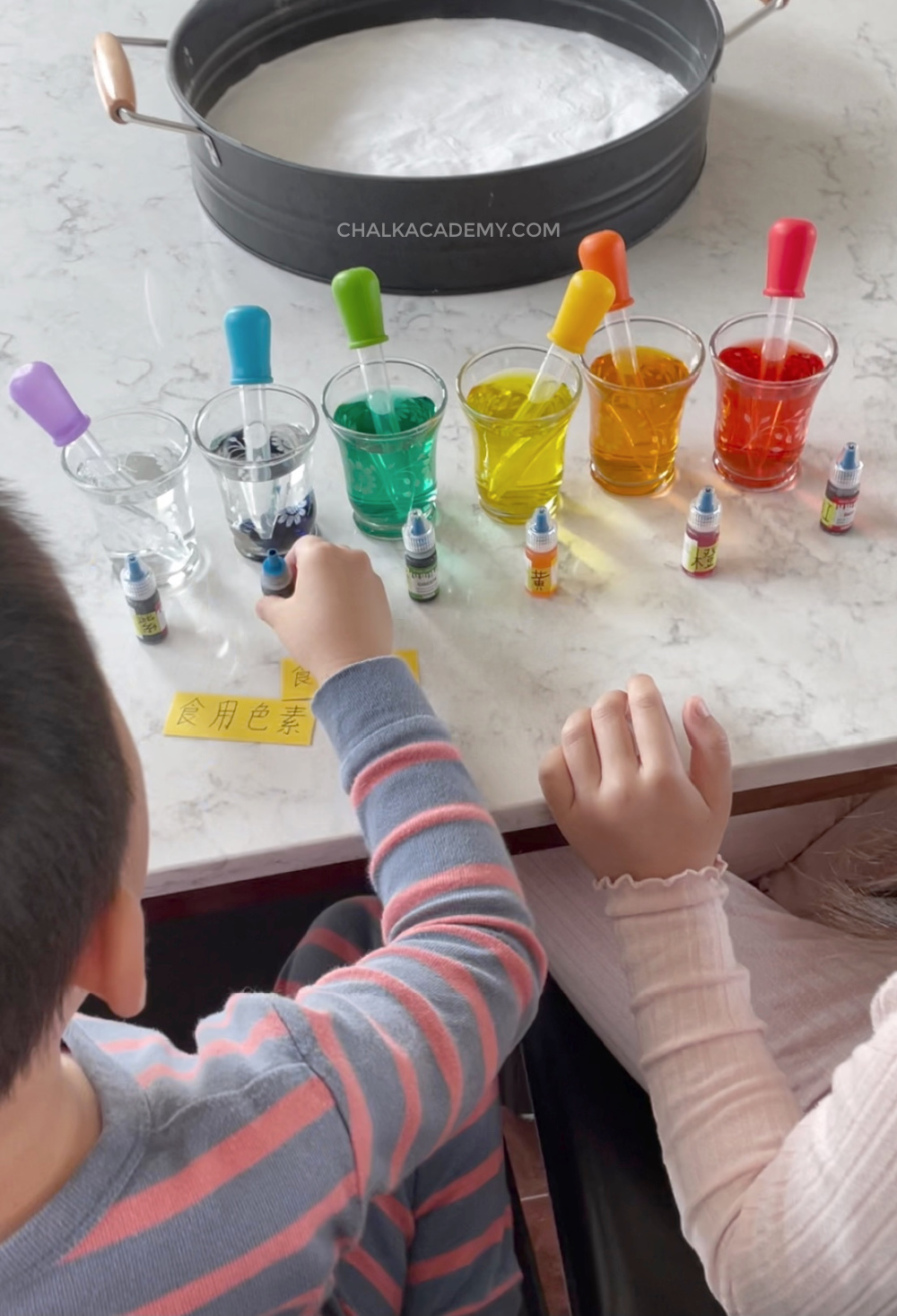



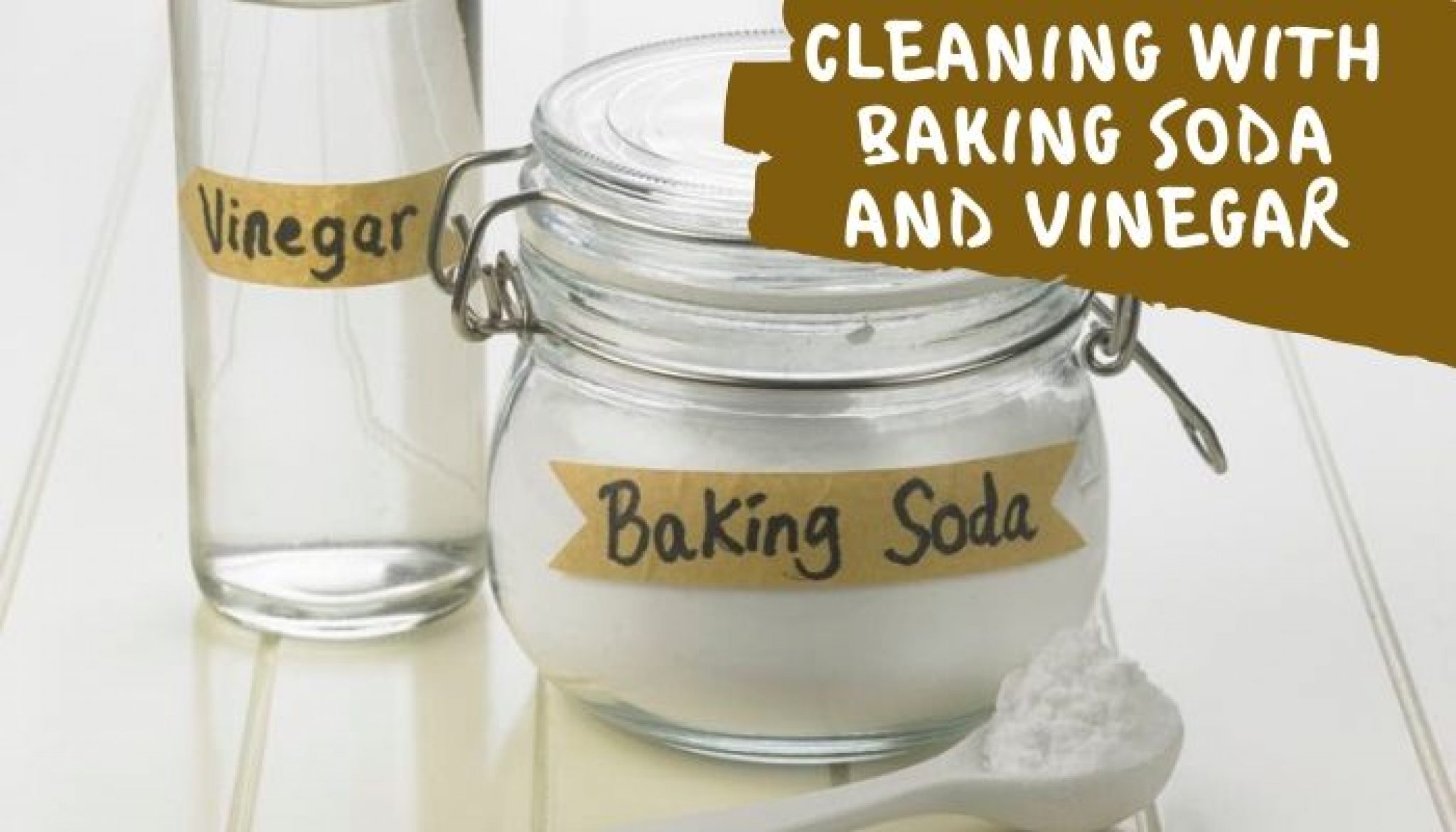
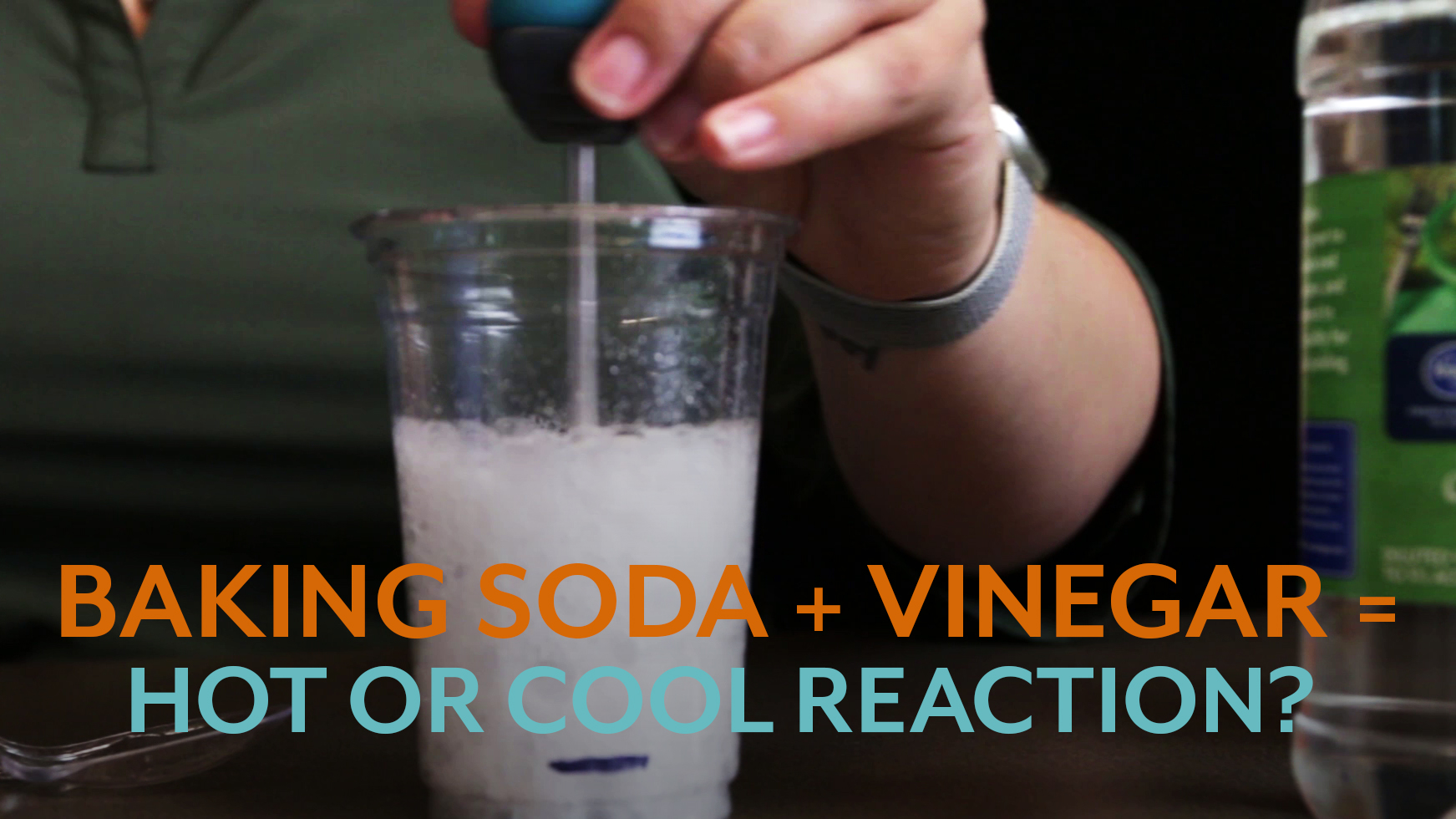

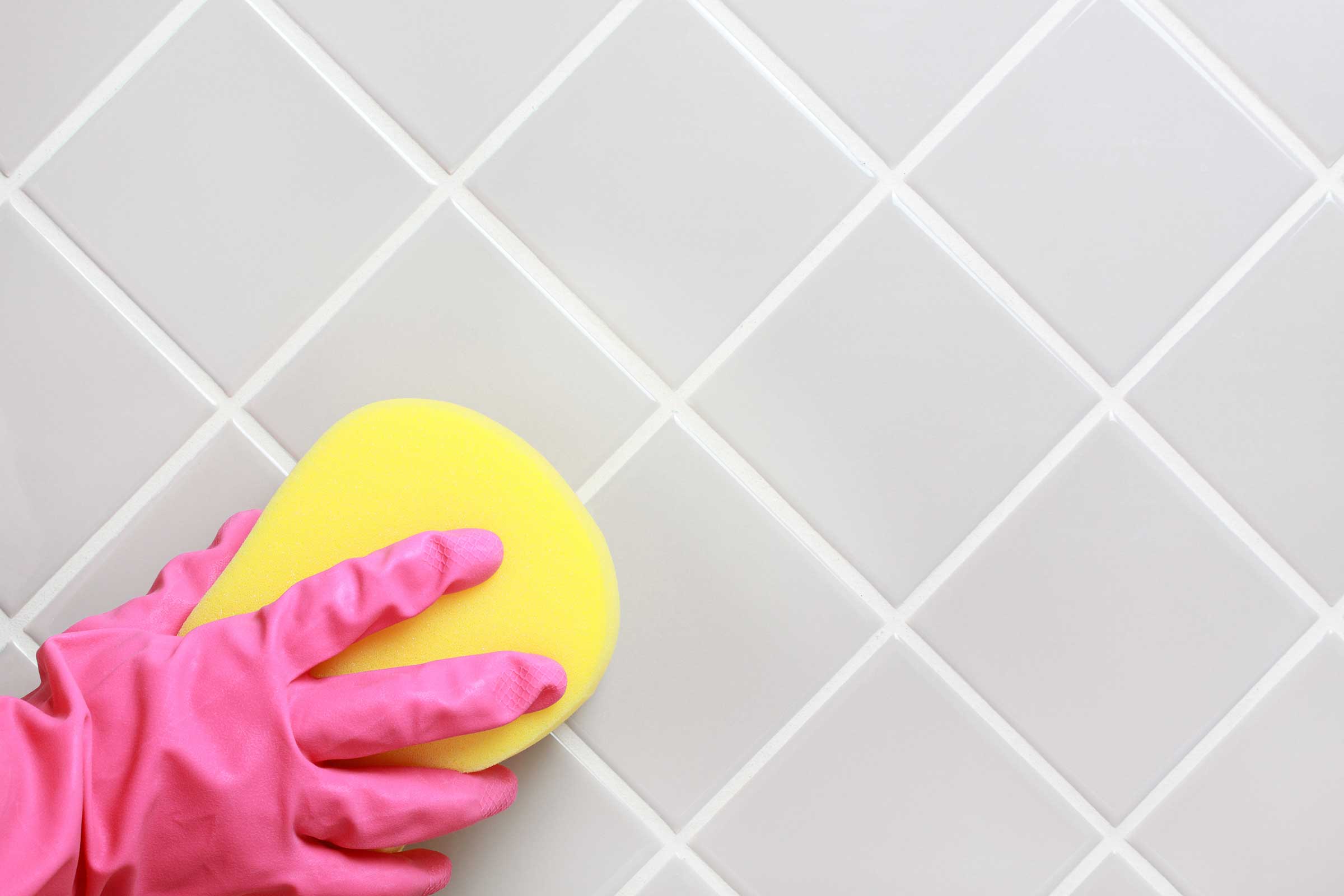






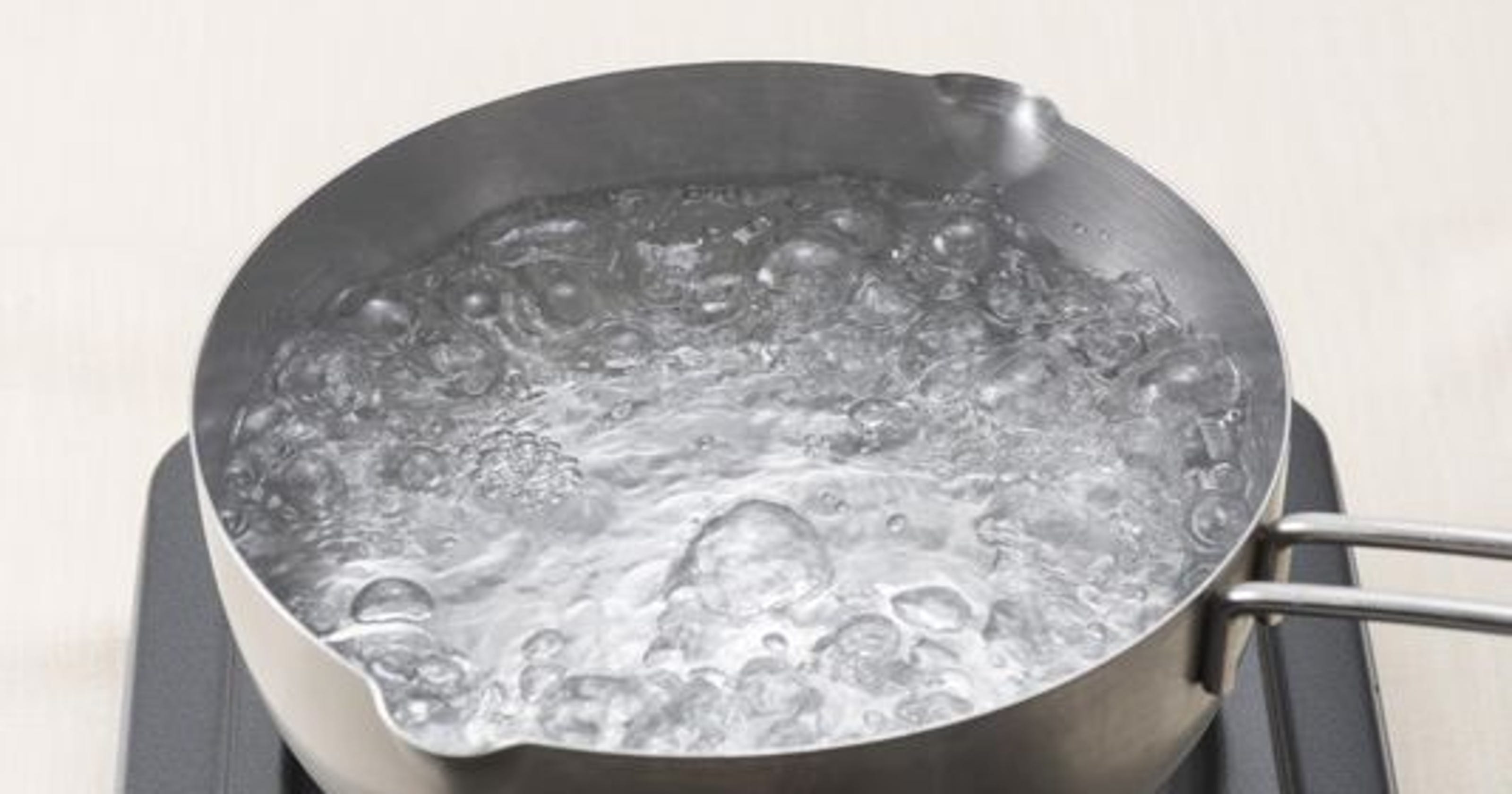
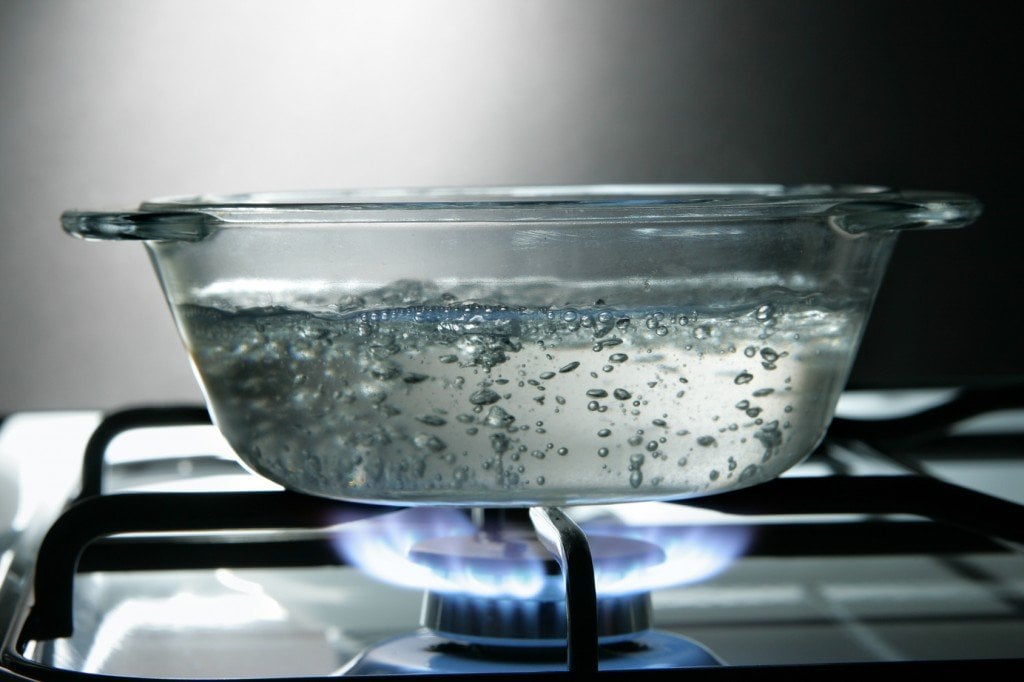




/boiling-water-on-gas-stove-143735234-5790aeb35f9b584d2005e949.jpg)

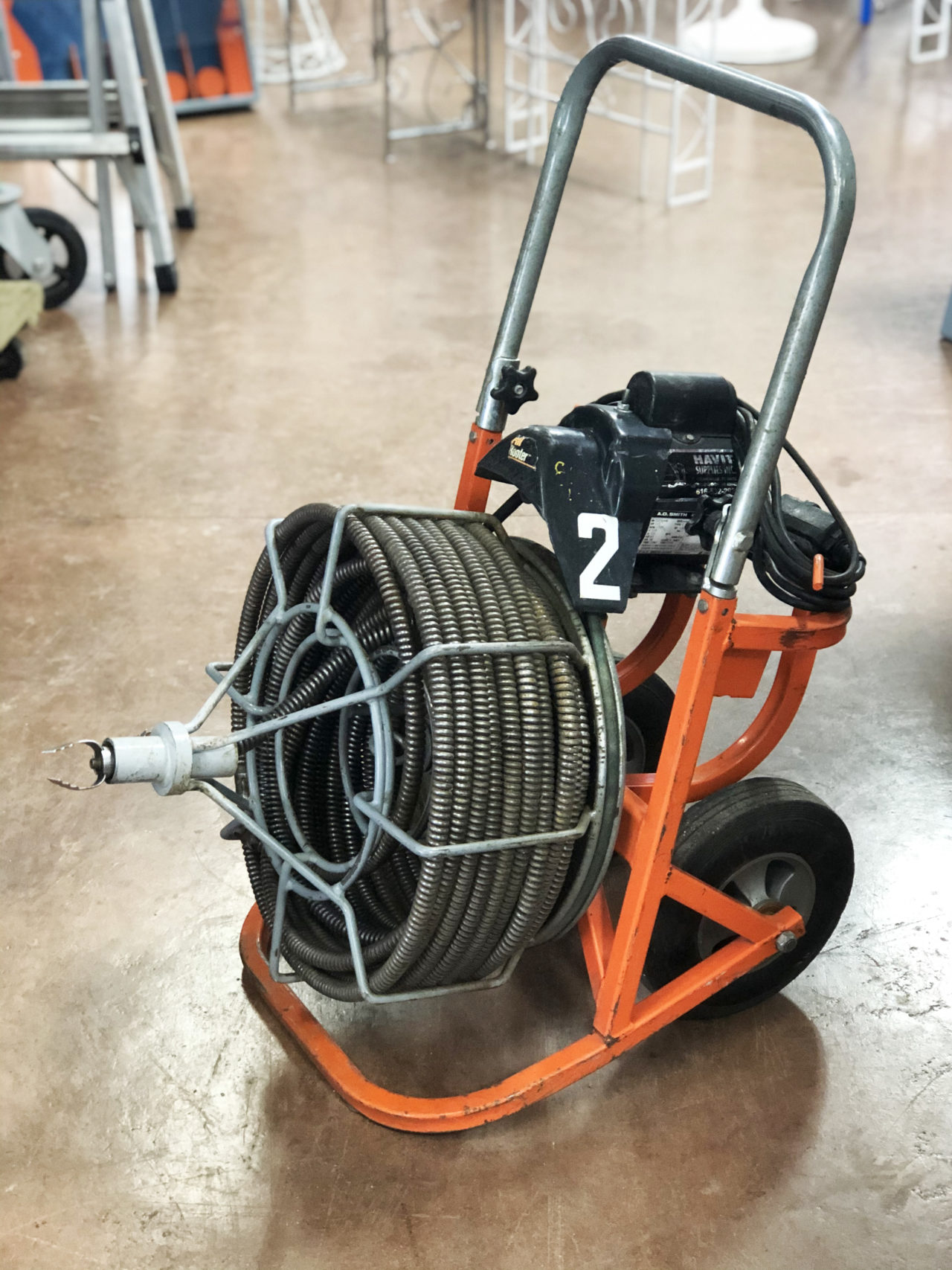



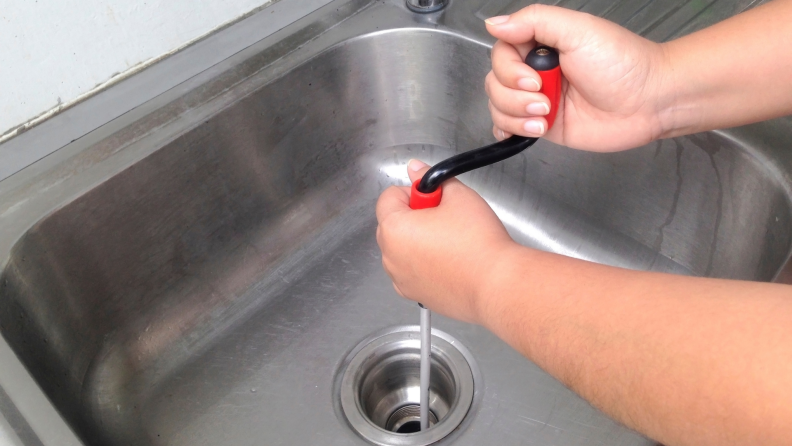



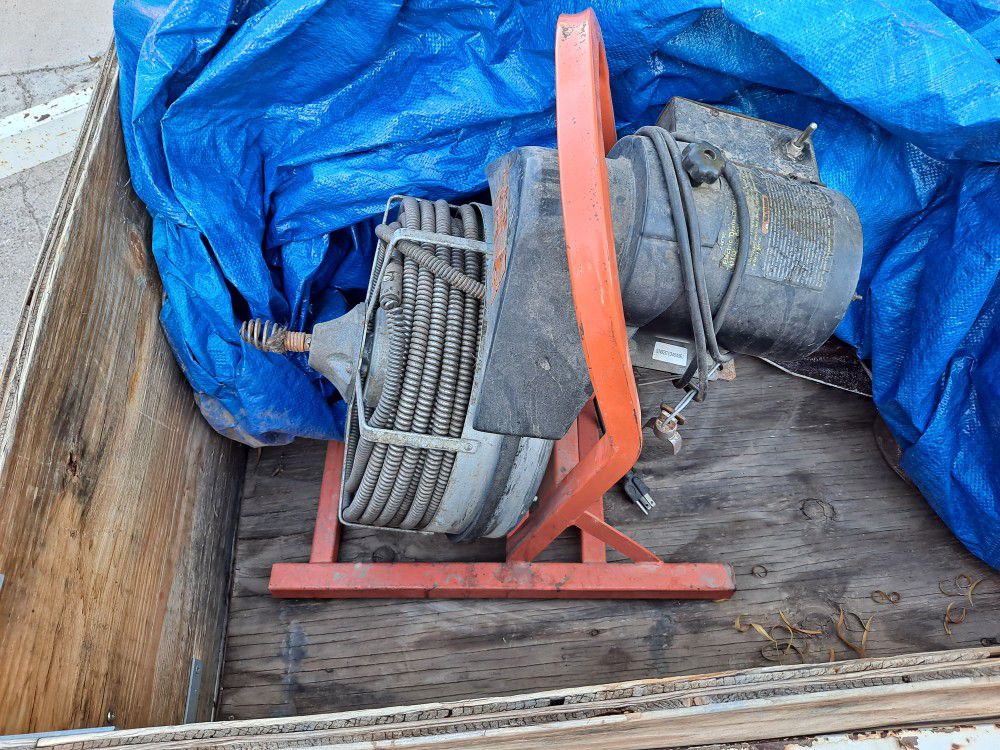


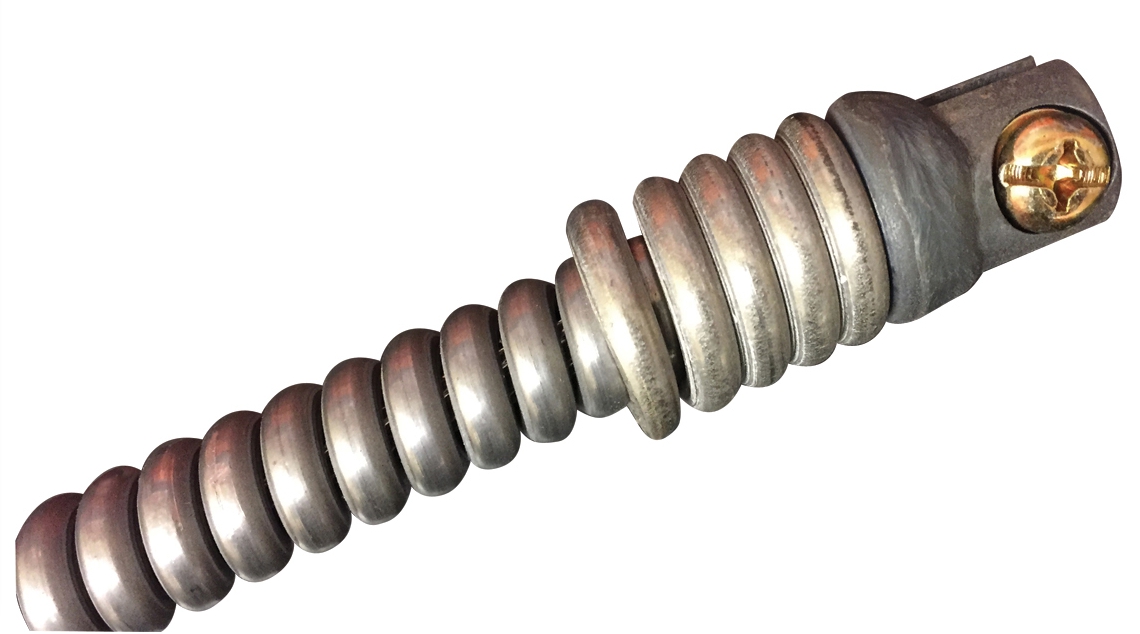
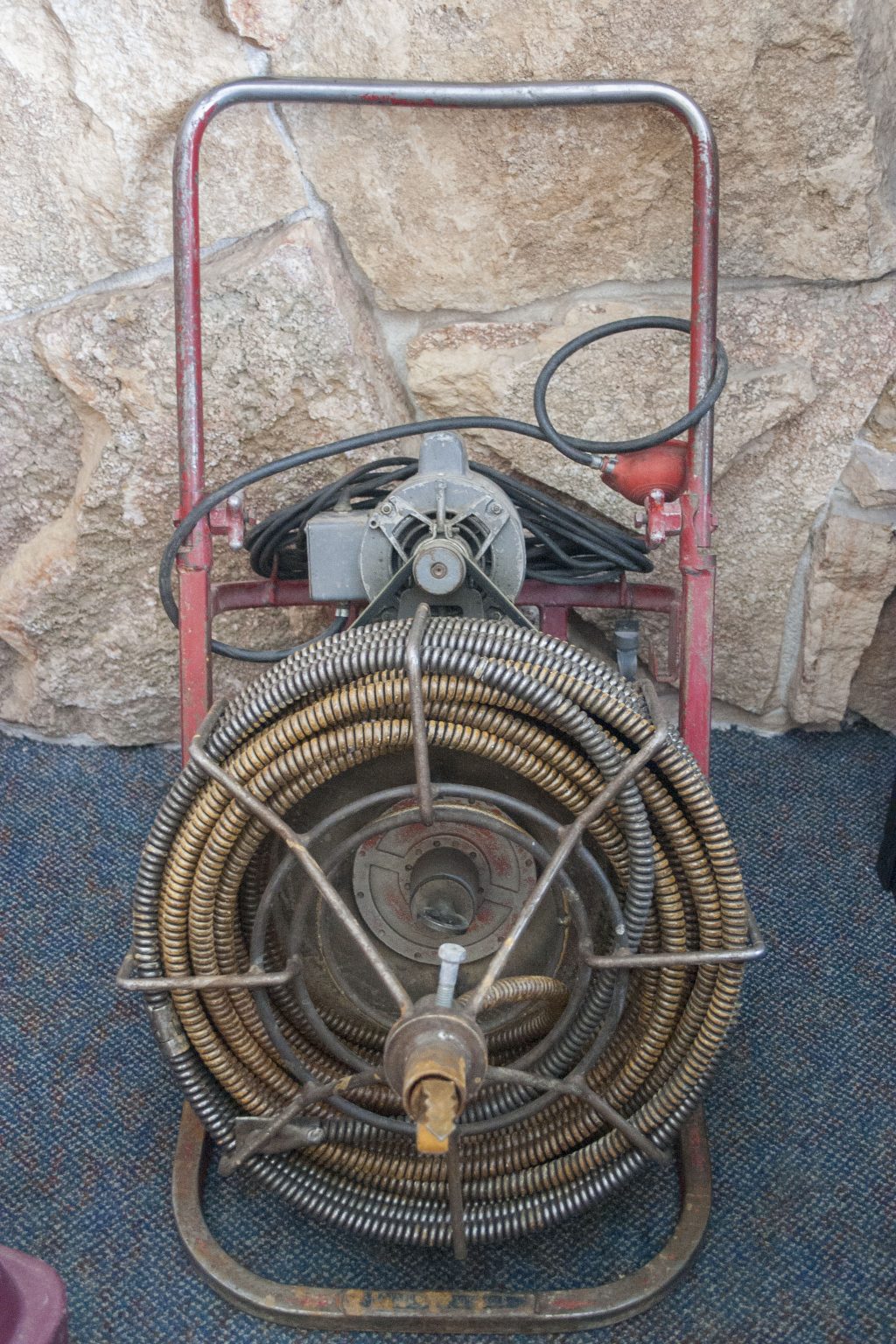


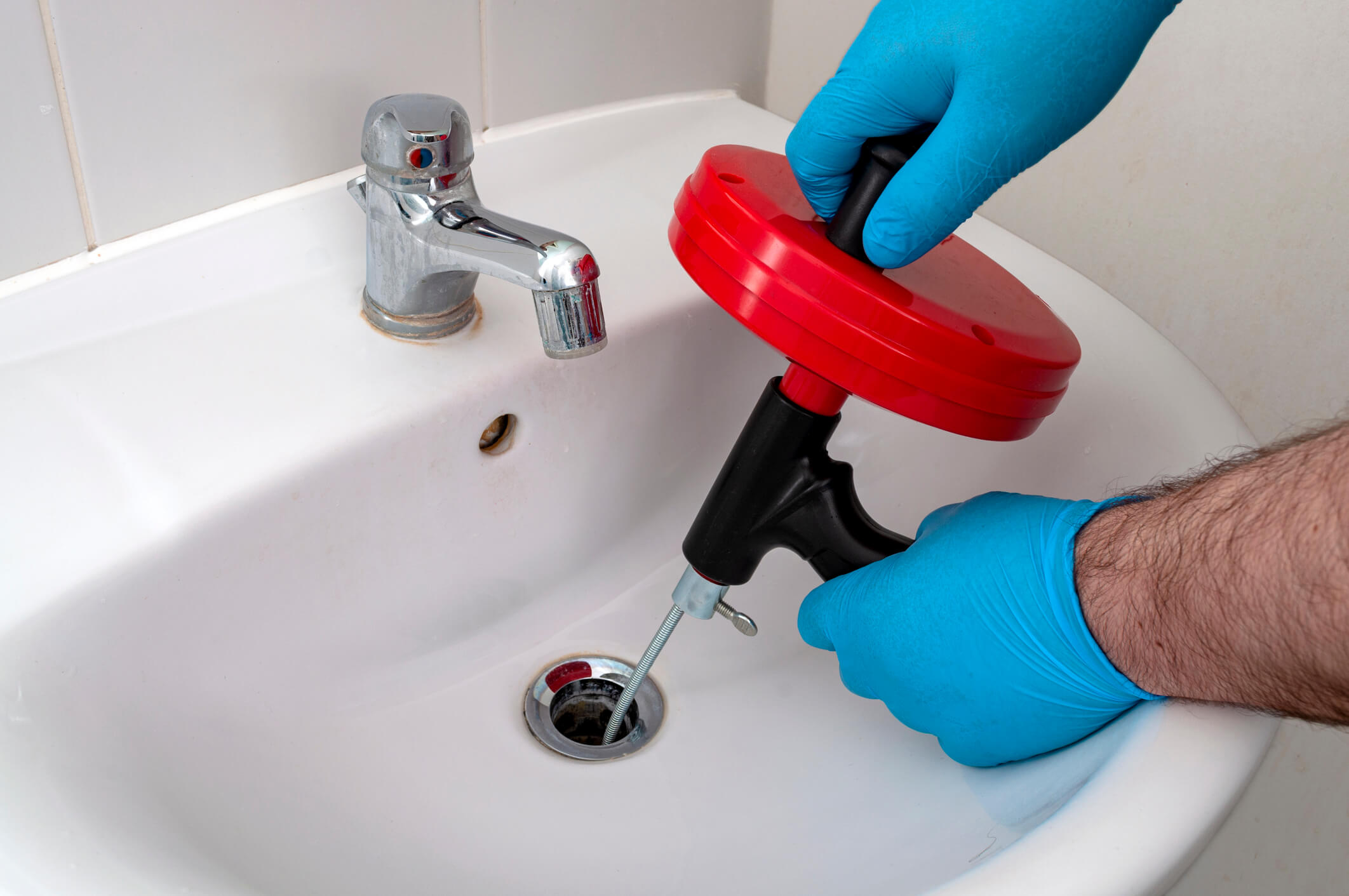


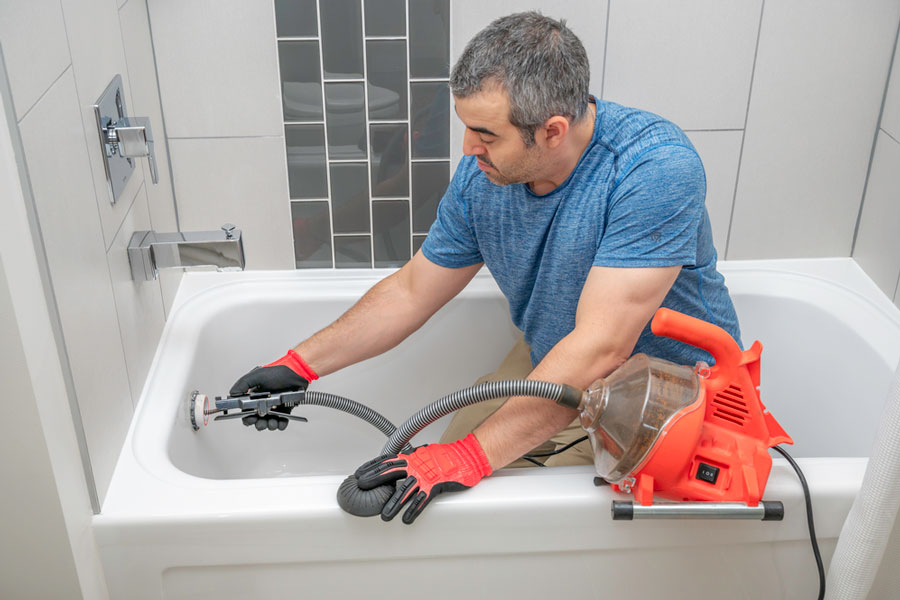
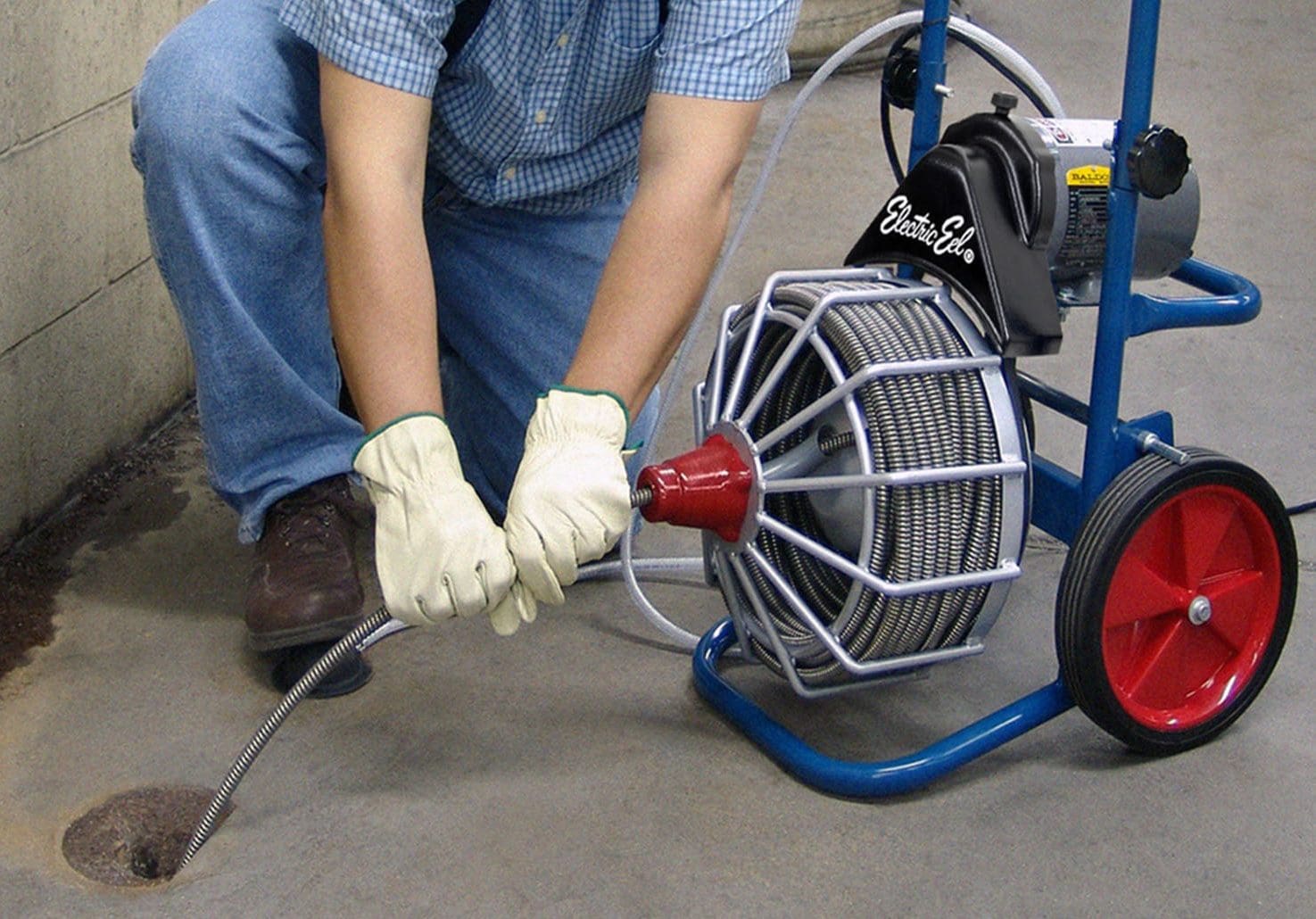






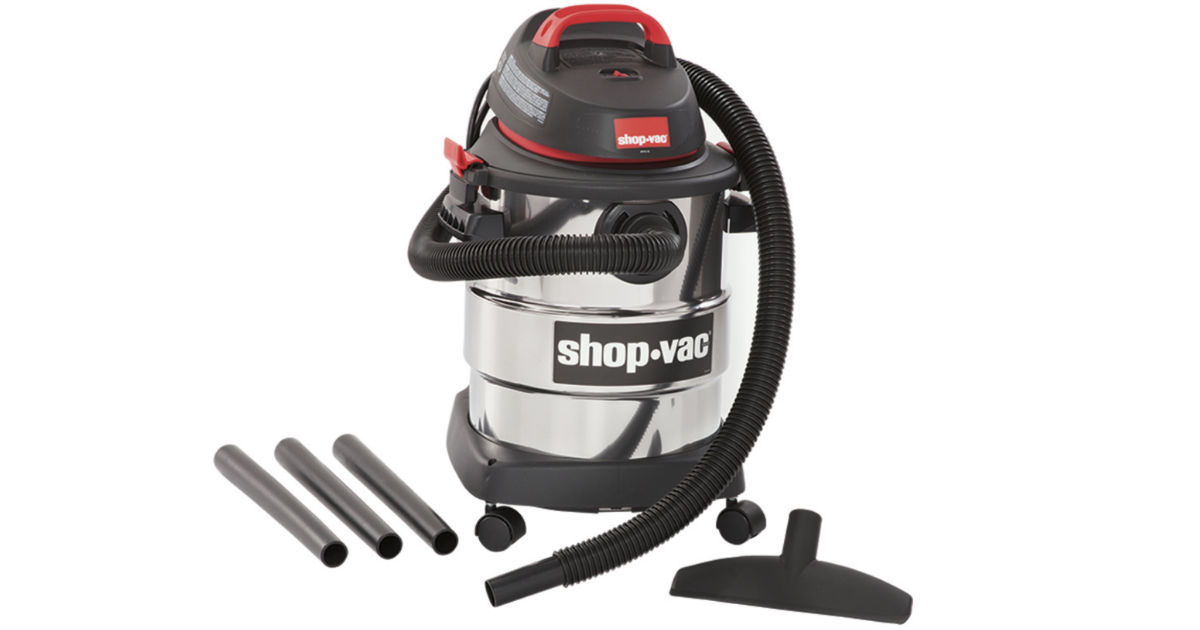






/GettyImages-80566571-5a1ca234aad52b00373338ff.jpg)
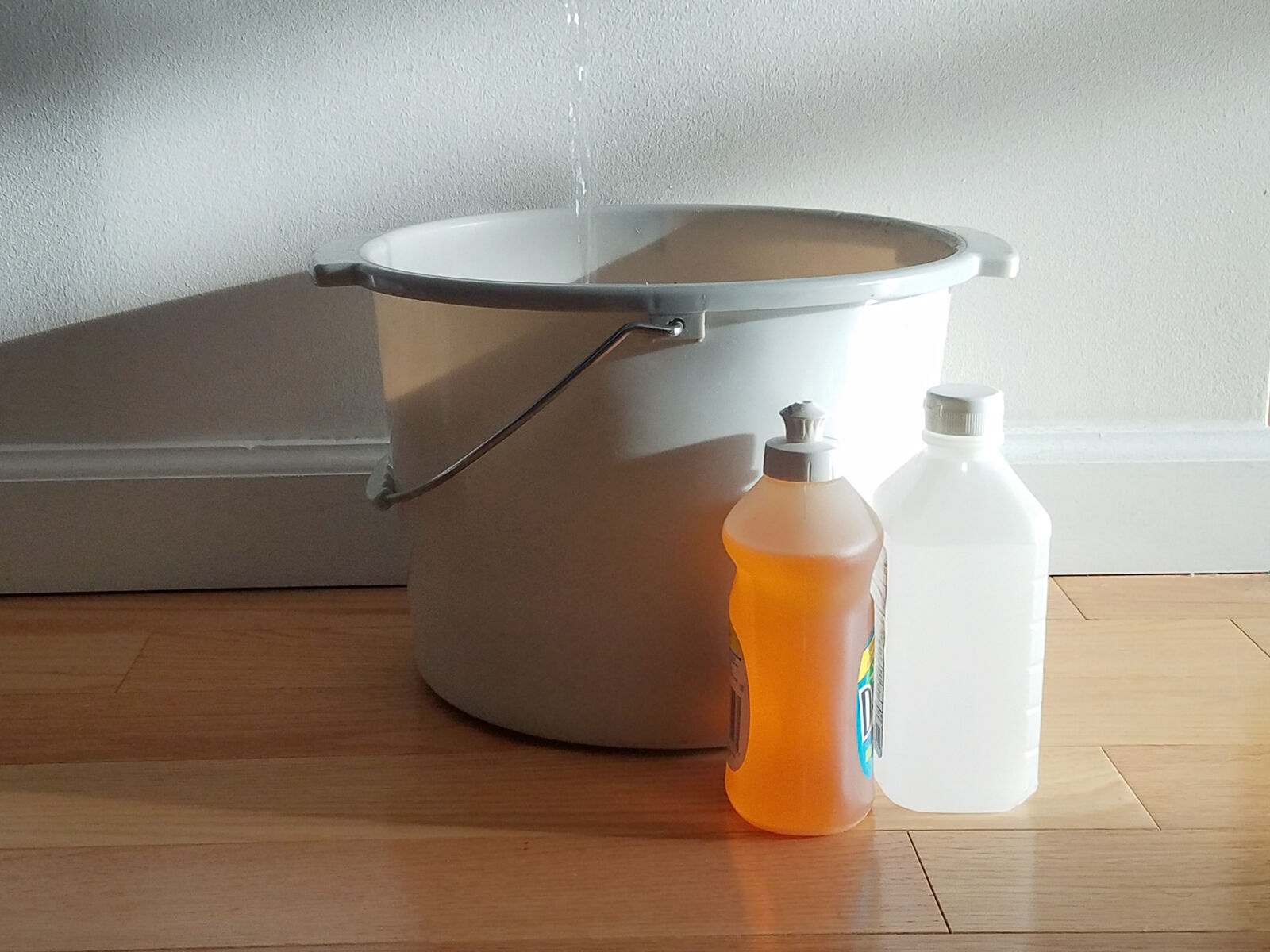

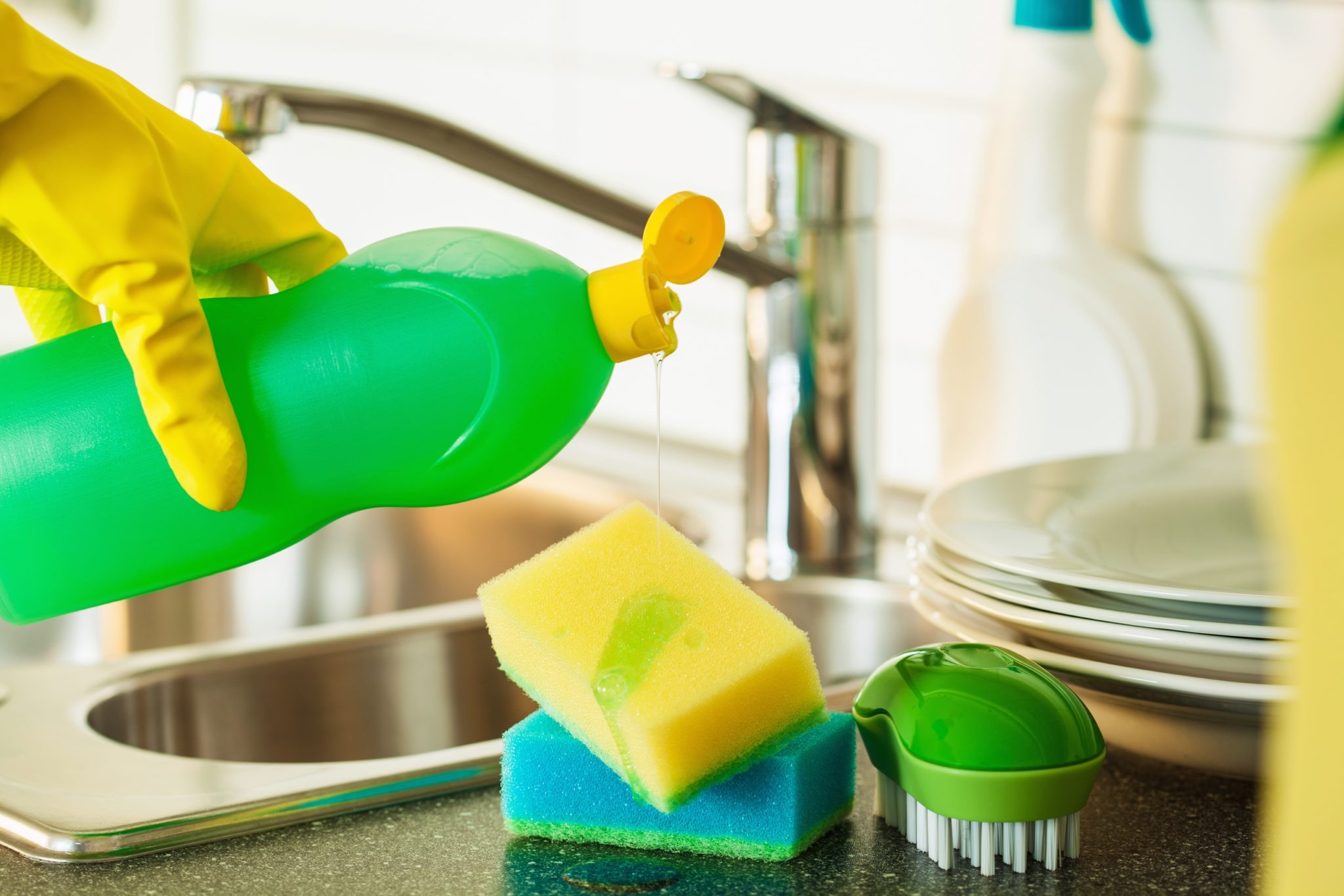



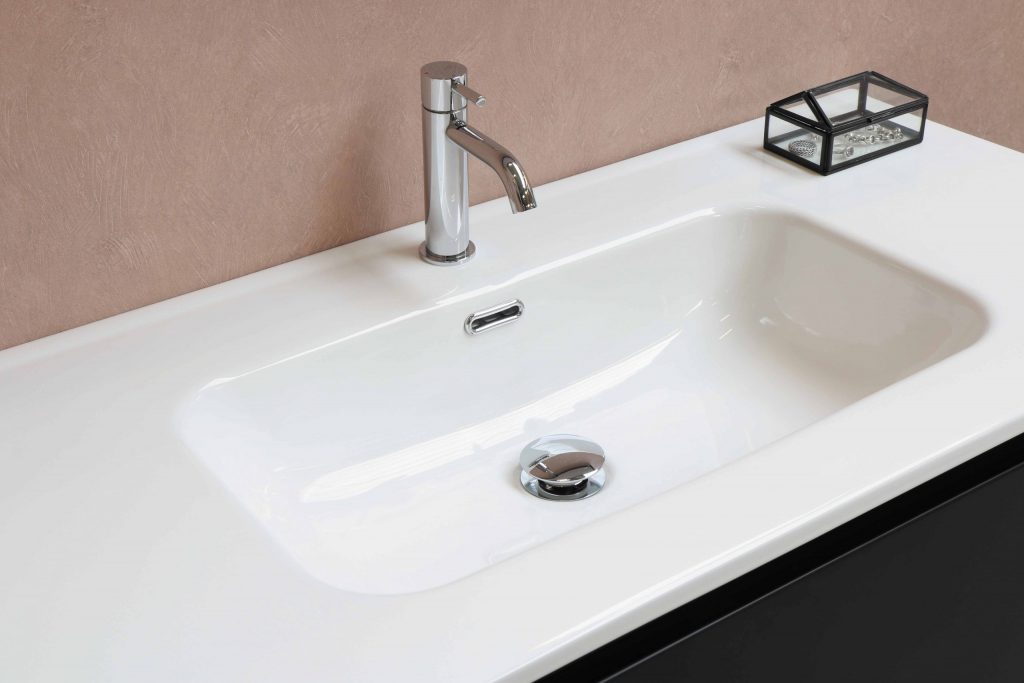
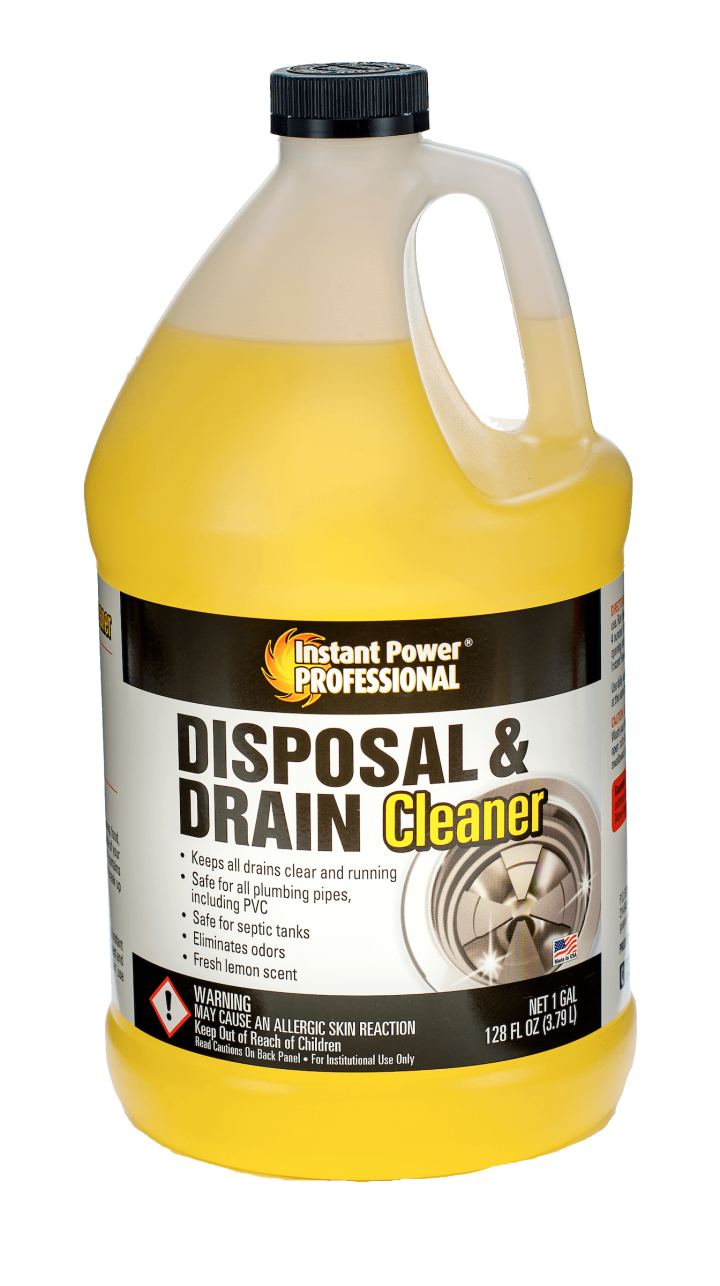



/GreenGobblerRefresh32oz-5bc63b0d4cedfd00266e4611.jpg)


